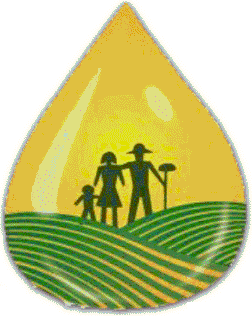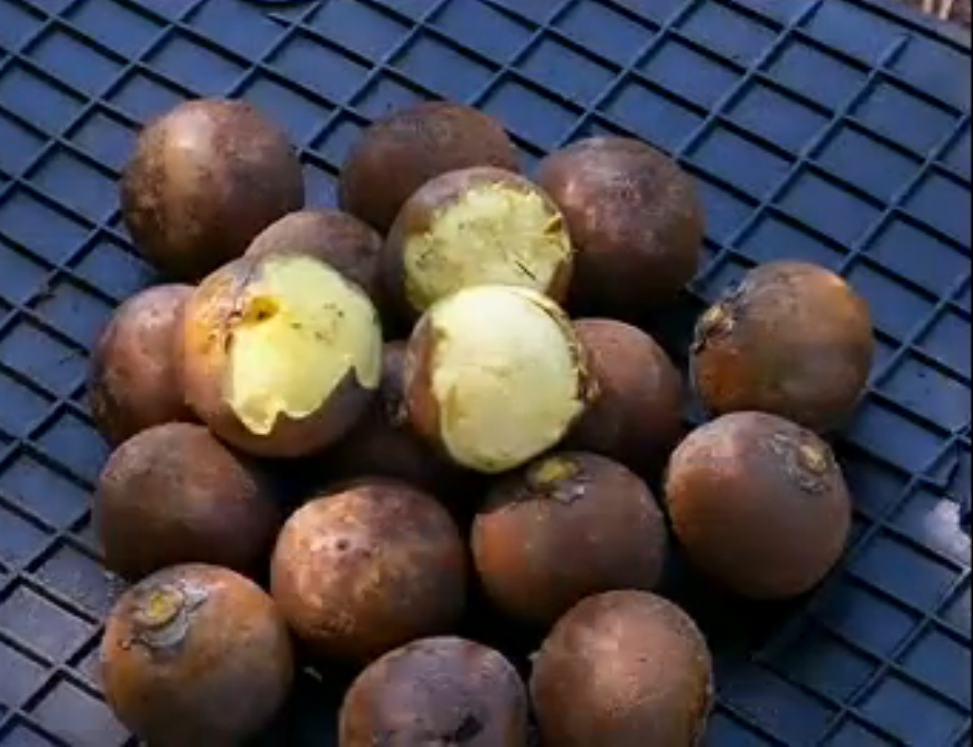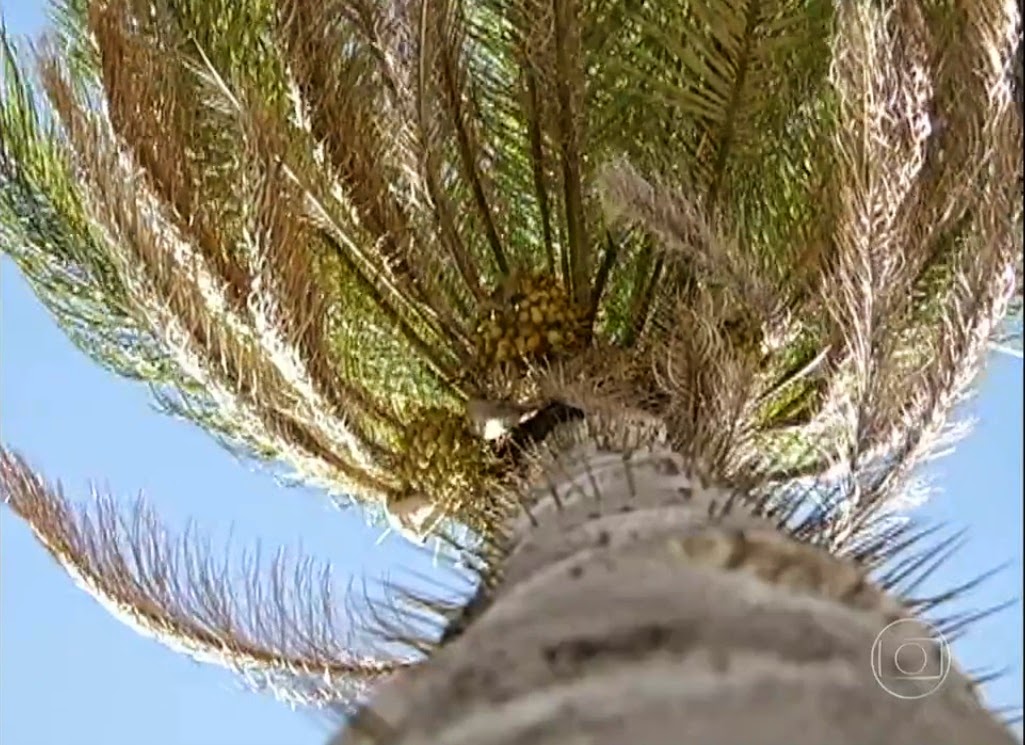Israel carries out aerial applications to protect forests
quarta-feira, janeiro 18, 2023
Israeli agricultural aviation carried out aerial insecticide applications to control a pest of house beetles (Scolytinae) in the country's pine forests. Operations began at the end of December and were until January 10, in 22 forests planted since the beginning of the 20th century (even before the official existence of the State of Israel) by the Jewish National Fund (KKL). The objective was to eliminate an overpopulation of insects that damage trees that, in addition to important leisure areas of the country, were planted for decades in order to modify or prevent the advance of the desert and that also serve as green lungs for nearby cities.
This is in a territory that today is a country situated between the Mediterranean and desert biomes, at the meeting point between Africa, Asia and Europe. The work covered ben shemen forests, Tel Hadid, Modi'in, Maccabim, Shoham, Rosh Ha'Ein, Nachshonim, Barkat, Elad-Kola-Alexandroni, Eshtaol, The Defenders, Gezer Nachshon, Humid Forest"Y, Huldah, Zelfon, Tal Shahar, Harel, Wasp, Britannia Park, Harubit, Yeshai and Ayalon Canada Park.
HISTORICAL ENEMY
The bark beetle has historically been part of this ecosystem implanted in the region. With the trees themselves defending themselves through the resin they segregate when their trunks are pierced by insects. However, the increase in temperature and decrease in cold periods caused by climate change gave strength to the "villain" of this dispute, which had its population greatly multiplied.
To the point of overcoming even the so-called trap trees, which were the most effective combat technique to then. In this case, the technique consists of scraping the outer bark of a healthy tree, spraying insecticide on its trunk and hanging a bait containing a pheromone – which attracts the beetles to the point that is toxic to them.
The so-called KKL forests were planted from 1904 and, according to the Jewish Fund, cover more than 240 million trees in about 920,000 dunamis (92,000 hectares). Curiosity: the dunam (used in the country) is a measure of the former Ottoman Empire and originates in estimating the amount of land that a man could plow in a day (only with animal traction).
(*) With information from Mivzak News and Maariv News portals
Source: Agrolink




















0 comentários
Agradecemos seu comentário! Volte sempre :)